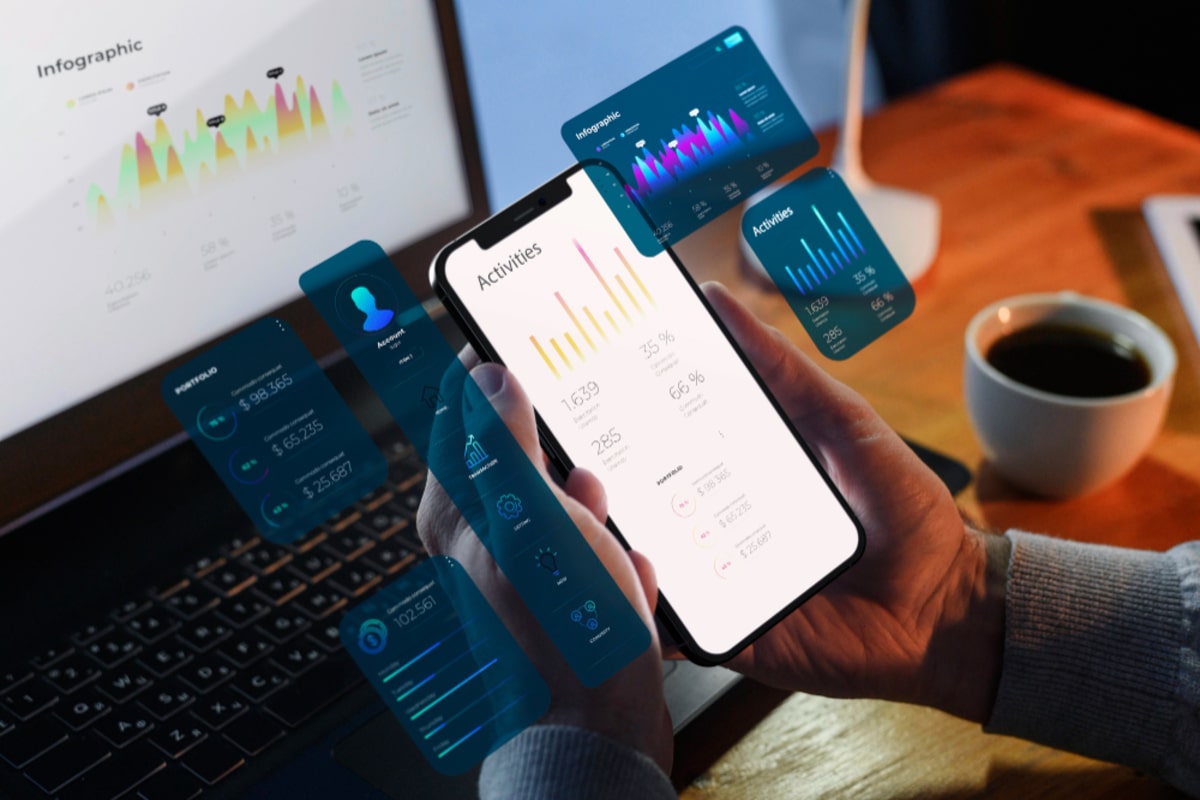The world of mobile app development has taken the tech industry by storm. With the rise of smartphones demand for mobile apps has increased. As a result, learning how to develop mobile apps has become an essential skill for anyone who wants to succeed in the tech industry. In this blog, we will cover the basics of mobile app development and provide essential steps and strategies for mobile app development. Whether you are a beginner or an expert, this handbook is designed to help you develop mobile apps like a pro.
The Basics of Mobile App Development
The first step in develop a mobile app is to understand the development environment. This includes learning key languages used in app development such as Java for Android apps and Swift for iOS apps. Additionally, it’s important to understand the app development life cycle and the principles of software engineering. Having a solid foundation in these areas will ensure success in the app development process.
Develop Mobile Apps: Planning and Designing Your App
Designing and developing your app is an important step in developing mobile apps. This involves developing the concept of your app, identifying your target audience, and explaining the purpose of your app. You need to think carefully about the user’s usage and experience to make sure that your app is not only beautiful but also easy to use. Having a well-thought-out design can greatly improve the usability and popularity of your app.
The Essential Steps and Strategies for Mobile App Development
The process of developing a mobile app takes many steps, each requiring attention to detail and careful planning. Below are the steps and techniques needed to create a successful mobile app:
Step 1: Getting Started with Coding
First, you must choose the programming language for your app. Popular languages used in mobile app development are Java, Swift and Kotlin. Before proceeding to the next step, it is important to have a solid understanding of your chosen language and its syntax. You can explore many online resources and tutorials to start coding. Alternatively, you can enroll in coding bootcamps or courses to learn from experienced professionals.
Step 2: Incorporating User Interface (UI) and User Experience (UX) Design
An attractive and user-friendly design is the key to a successful app. UI design controls how your app looks and feels, while UX focuses on the overall user experience. Pay close attention to design elements, such as colors, layout, and fonts, to ensure a visually appealing and understandable look. You can also consider conducting user testing to gather feedback and make necessary improvements. Remember that a well-designed app can greatly affect the popularity and success of your mobile application.
Step 3: Integrating App Features and Functionality
This stage is to bring your app idea to life by adding the necessary features and functionality. Whether it’s social media sharing, in-app purchases, or push notifications, be sure to include features that add value and enhance the user experience. It’s also important to prioritize the most important features and add more features in future updates. Also, make sure that your app is clear and error-free to keep users engaged.
Step 4: Testing, Debugging, and Refining
It is important to make sure there are no errors or mistakes before launching your app to the public. This step helps ensure a smooth user experience and prevents negative reviews upon release. Be sure to gather feedback from beta testers and make necessary changes based on their suggestions. Continually testing and optimizing your app is important for future updates and improvements.
Step 5: Launching and Marketing Your App
When your app is polished and ready to go, it’s time to officially launch. Be sure to create strong descriptions and eye-catching images for your app store listing. Use various marketing strategies such as social media promotions, influencer collaborations, and targeted advertising to reach your target audience and increase downloads. In addition, continue to gather user feedback and provide feedback to improve your app as a whole.
Step 6: Maintaining and Updating Your App
Launching your app doesn’t finish the job. Regular maintenance and updates are necessary to keep your app relevant and competitive in the market. Stay on top of the bug fixes, security patches, and other features implemented to continue improving the user experience and delighting users. This phase includes responding to user feedback and addressing any issues that may arise. By constantly maintaining and updating your app, you can ensure its long-term success. Overall, creating a successful mobile app requires careful planning, constant testing and modification, effective marketing strategies, constant maintenance, and updates If you put hard work and dedication your app has the potential to be a valuable asset to users and yourself.
Conclusion
Developing a mobile app is an exciting and complex process that requires thorough design, development, testing, launch, and maintenance. With the right strategy and tools, you can build a successful app that delivers value to users. Learn and explore new technologies to stay ahead of the ever-changing mobile app development landscape. So, don’t be afraid to think outside the box and try new ideas to create a fresh and engaging mobile app experience for your users. And remember, with dedication and patience, your app has the potential to reach a wider audience and have a huge impact in the digital world. Now it’s time to put your plan into action and turn your app idea into reality. If you need any assistance along the way, feel free to contact us.



+ There are no comments
Add yours